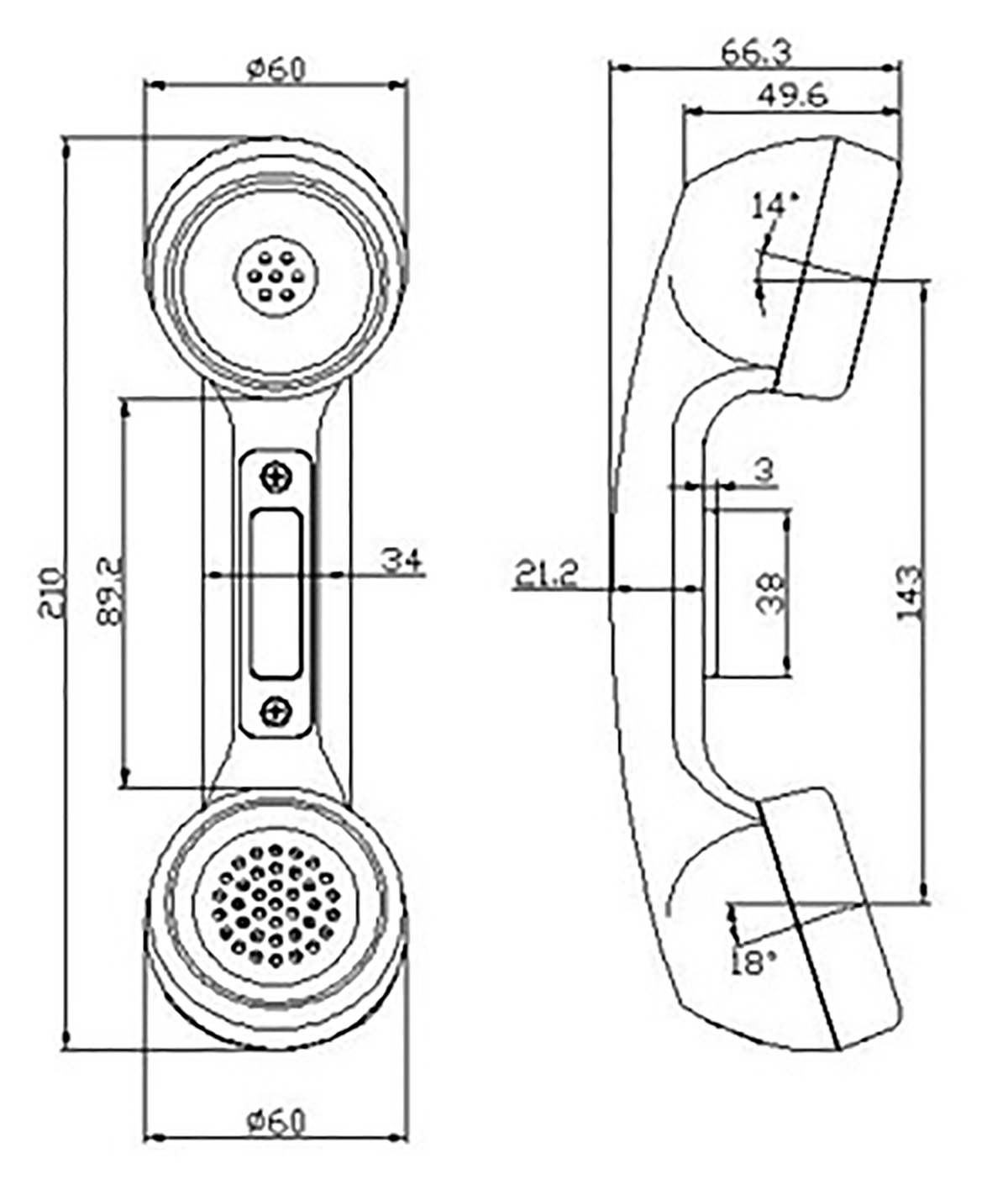Your postcode is used to send you relevant local updates. Your details will NOT be shared with any 3rd parties.
Many thanks for joining us at InYourArea Waterproof Keypad

A well-loved icon that has graced Britain's streets for nearly a century, and possibly saved lives, is now a very rare sight
MAKE A CALL: Public phone boxes like this one in Leicestershire used to be a common sight (Image: Chris Gordon/Leicester Mercury)
Imagine you missed your bus home from school in the 1970s and you want to phone your parents to ask them to pick you up. You obviously can't use a mobile phone as they weren't available in the UK until 1985 and, even then, they were very expensive, weighed nearly five kilos, and only had about 30 minutes of talk time.
Thankfully, the good old-fashioned red telephone boxes were very common and you shouldn't need to walk far to find one. This is the very reverse of the situation in 2023, where almost everyone has a mobile phone, while phone boxes are very rare and, in many cases, have been repurposed.
Although the red telephone box is an instantly recognisable icon of Great Britain, and far more loved than the more recent BT boxes, the first standard public telephone boxes introduced by the Post Office was produced in concrete and introduced in 1921. By 2021, only 14 remained of these, designated K1 (Kiosk no 1), seven of them in museums.
The well-loved red phone box was designed by the architect Sir Giles Gilbert Scott (1880-1960), who also designed Liverpool's Anglican Cathedral, Waterloo Bridge and Cambridge University Library. His design for the K2 cast iron telephone box won a competition sponsored by the Post Office in 1924 and the telephone boxes first appeared on the streets of London in 1926.
In 1935, the K6 telephone box was designed to commemorate the Silver Jubilee of George V and was mass produced in 1936. This was also designed by Sir Giles Gilbert Scott and was the first red telephone box to be used extensively outside of London.
This was essentially a smaller and more streamlined version of the K2 that could be produced at a cheaper cost and replaced most of the existing telephone boxes, while also being introduced to new sites. In 1935, there were 19,000 public telephone boxes in the UK but by 1940, there were 35,000, and by 1960, 64,000.
In 1968, a new version of the red telephone box came out, the K8, with single glass panels on two sides and a single glass panel for the door and was primarily used for new sites or where existing telephone boxes had to be replaced because they were damaged beyond repair.
In 1980, Post Office telecommunications, in preparation for privatisation, was rebranded as British Telecom (now BT), as a state-owned corporation independent of the Post Office which, in April 1984, was incorporated as a public limited company (plc) before the sale of 50.2 per cent of its shares to the public and employees in November of that year.
People who remember using public phone boxes will also remember having to carry lots of small change in order to feed the machine as they did not give change if you used high-value coins. A solution came in 1981 in the guise of a credit-card sized phonecard.
Buying a phonecard costing £1 meant that you pre-paid £1 in phone calls and you could use remaining credit from your first call on subsequent calls, thereby reducing the need to carry lots of small change. The days of the phonecard came to an end in 2002 because of mobile phones becoming more prevalent but, at one time, phonecards had been collectors items, as special designs were brought out.
The privatisation of BT also brought out a new set of designs for telephone boxes, the KX series. These were more functional than the old K6 phone boxes in being more accessible for wheelchairs, better ventilated, and more vandal-resistant, but lacked the iconic charm of the older models.
Some readers might remember public phone boxes operated by Mercury in the late 1980s and early 1990s. This was a subsidiary of Cable and Wireless, which had been formed in 1981 to challenge the monopoly which British Telecom then held, but was only moderately successful, as the first Mercury payphones were introduced in 1986 and, in 1995, this interest was sold.
By 2021, only 21,000 working telephone boxes remained, which is only slightly more than the number in operation in 1935 and, of these, 3,600 are the red K6 type. However, BT does run a scheme where communities can adopt phone boxes for alternative uses, such as miniature libraries or art galleries, or for storing medical equipment such as defibrillators, which ensures that a small number have a life beyond that of communications.
Do you have memories of using a public phone box to call the emergency services? Or are you aware of a repurposed phone box that has been put to an unusual use?
Updates in your area sent directly to your email inbox
We connect you with the people and communities that matter to your business
Search for trusted local businesses near you

Gate Keypad Height Available for both iPhone and Android